HKMA’s move comes the day after the Federal Reserve announced on May 4 a 50-basis point interest rate hike and a shrinking of its balance sheet.
On May 5, HKMA said that it would raise the prime rate by 50 basis points to 1.25 percent in accordance with a pre-set formula, effective immediately.
The formula is part of the Linked Exchange Rate System (LERS) used to fix the exchange rate between the HKD and the USD to 7.75-7.85:1 through the automatic interest rate adjustment mechanism and currency board system.
Speaking of the U.S. interest rate hike, Eddie Yue, president of the HKMA, said that it will widen the interest rate differential between Hong Kong and the United States, triggering arbitrage transactions under the LERS, and driving capital flow out of the HKD to the USD, so the HKD exchange rate will weaken accordingly; but it is a normal phenomenon, Yue said.
Arbitrage transaction refers to a strategy of buying an asset in one market while at the same time selling it in another market at a higher price to earn a profit.
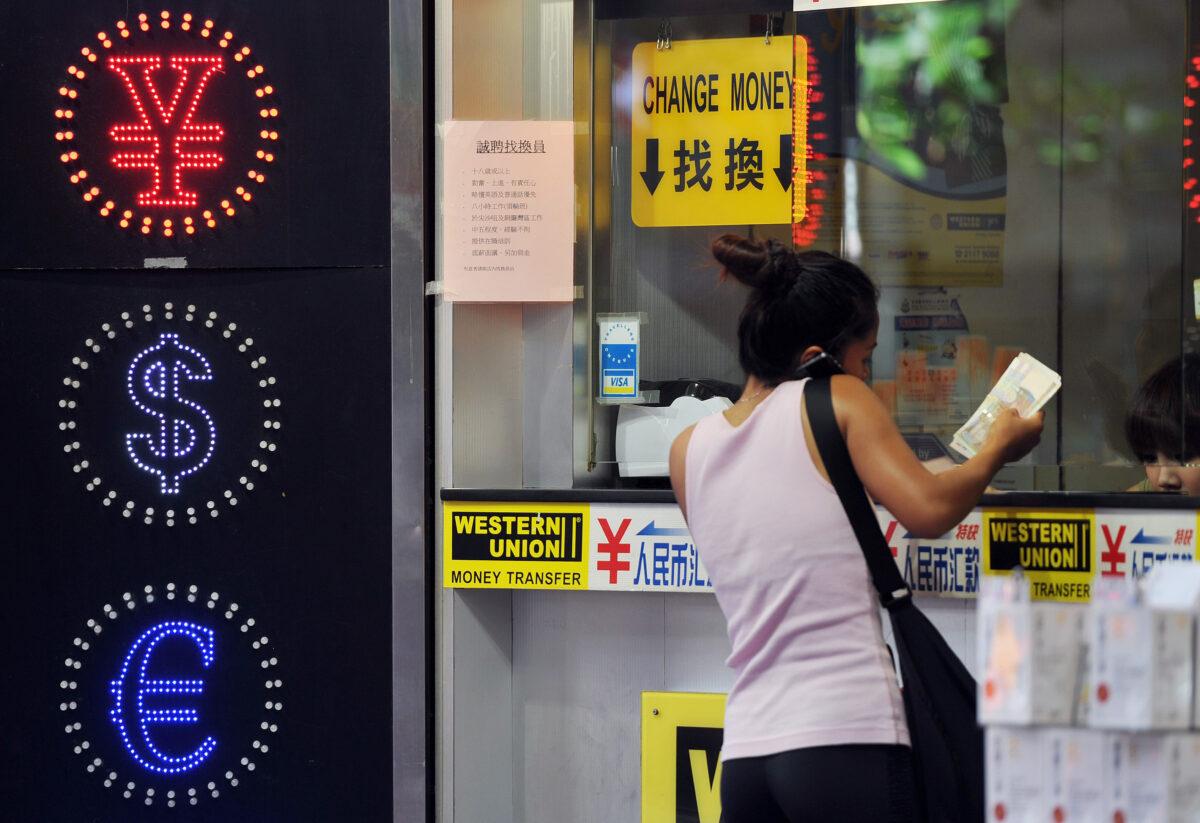
A woman exchanges money at a currency exchange shop in Hong Kong on Sept. 15, 2011. Hong Kong said it has no plans to unpeg its currency from the US dollar, amid growing calls to end the 28-year peg to allow the Hong Kong dollar to appreciate against the greenback. (Laurent Fievet/AFP via Getty Images)
Albert Song, a political and economic researcher familiar with China’s financial system, told The Epoch Times on May 7 that the Federal Reserve would further increase interest rates to ease inflation, and the HKMA would strictly follow the Fed’s move given its HKD-USD pegged LERS.
But in this case, HKMA has to release enormous foreign exchange reserves to stabilize the Hong Kong dollar exchange rate, which Hong Kong’s current financial status is seemingly unable to afford, according to Song.
LERS is somehow Hong Kong’s financial defense. If it fails to hold its linked exchange rate of 7.75-7.85, Hong Kong would find it hard to withstand the impact of an economic recession, Song said.
Additionally, it will pose a sharp threat to the asset bubble of Hong Kong, even ripping the global assets bubble, as Hong Kong is a typical international market. “Therefore, highly leveraged, and highly indebted groups should be wary about it, especially those with poor income stability,” Song added.
When the outflow of funds from the Hong Kong dollar weakens the market rate to the “weak-side CU,” the HKMA stands ready to buy Hong Kong dollars from banks to push up the local currency interest rate and bring it back to the level of between 7.75 and 7.85. That is, the HKMA commits to selling Hong Kong dollars to the bank for U.S. dollars when the exchange rate is 7.75, otherwise, it will buy Hong Kong dollars and sell U.S. dollars at the banks’ request when the exchange rate is 7.85.
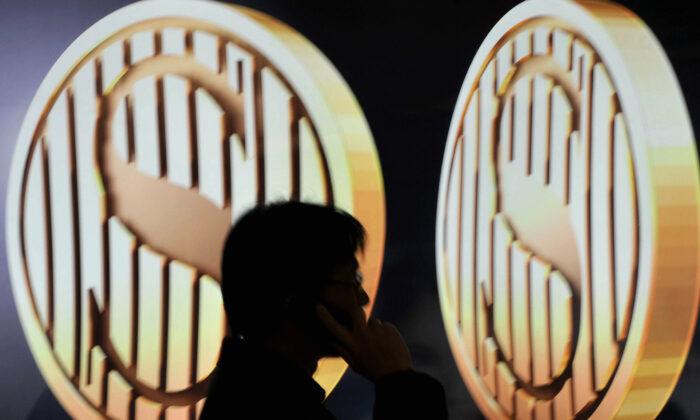
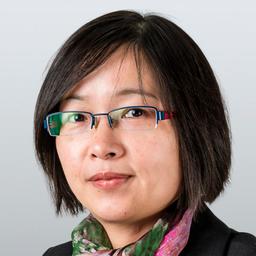
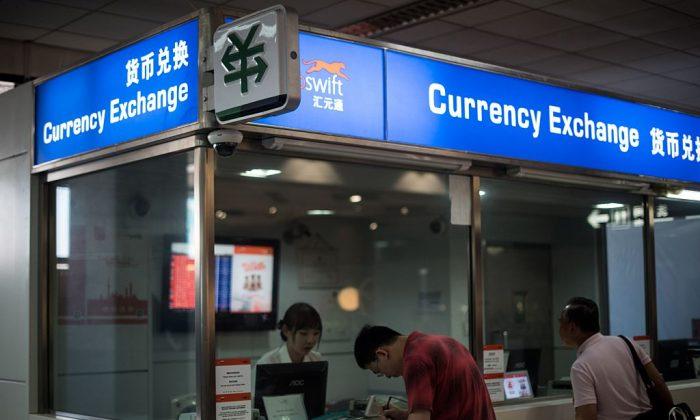
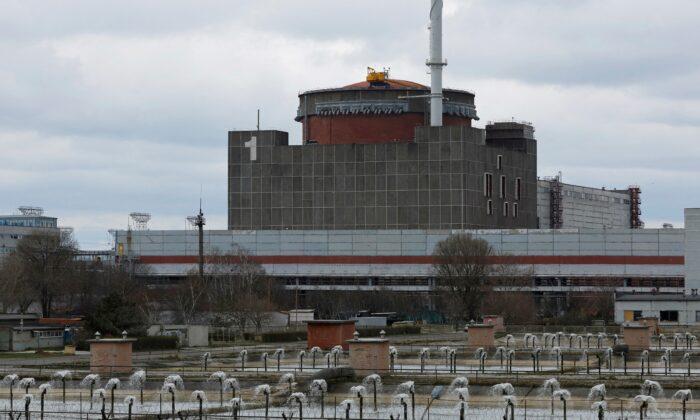
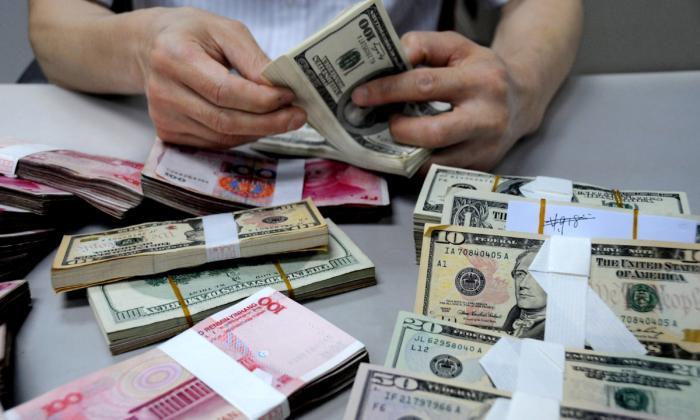
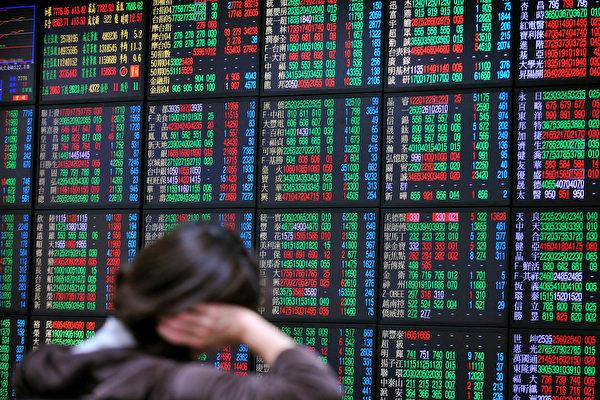
Friends Read Free